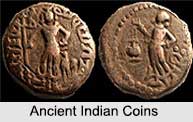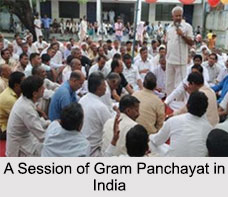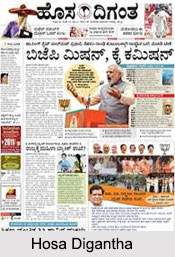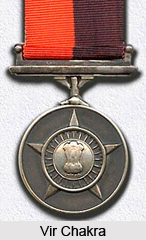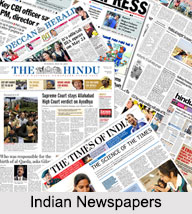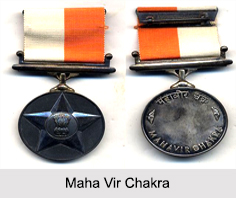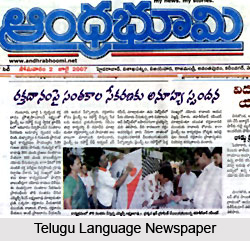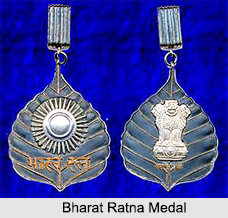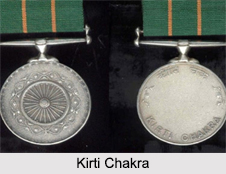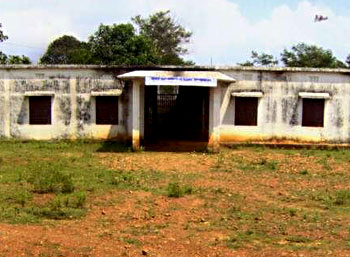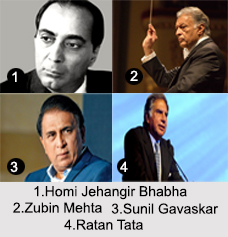The Indian Foreign Service, also known as IFS is the foreign service of India, made up of a body of career diplomats. The Indian Foreign Service is considered as one of the Indian central services, but the officials enjoy equivalent status to the All India Services in terms of training.
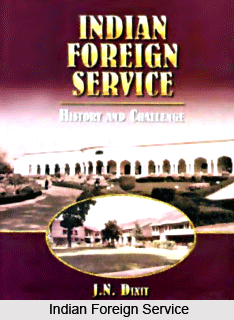 On September 13, 1783, the board of directors of the East India Company passed a resolution at Fort William, Calcutta (now Kolkata), to create a department that aimed to help "relieve the pressure" on the Warren Hastings administration in conducting its secret and political business. The Indian Foreign Department was established under the British Raj who conducted business with foreign European powers. From the very beginning of this department, a proper distinction was maintained between the foreign and political functions of the Foreign Department and also the relations with all "Asiatic powers", including the native princely states were treated as political units, while relations with European powers were treated as entirely foreign.
On September 13, 1783, the board of directors of the East India Company passed a resolution at Fort William, Calcutta (now Kolkata), to create a department that aimed to help "relieve the pressure" on the Warren Hastings administration in conducting its secret and political business. The Indian Foreign Department was established under the British Raj who conducted business with foreign European powers. From the very beginning of this department, a proper distinction was maintained between the foreign and political functions of the Foreign Department and also the relations with all "Asiatic powers", including the native princely states were treated as political units, while relations with European powers were treated as entirely foreign.
In 1843, the Governor-General of India, Edward Law, 1st Earl of Ellen borough executed administrative reforms, thus organizing the Secretariat of the Government into four departments, namely the Foreign, Home, Finance, and Military. A secretary-level officer headed each of them. The Foreign Department Secretary was bestowed with the conduct of all communication belonging to the external and internal diplomatic dealings of the Indian government. The Government of India Act 1935 tried to define more clearly the functions of the foreign and political wings of the Foreign Department and it was soon realized that it was managerially essential to entirely separate the department. Consequently, the External Affairs Department was set up immediately under the direct supervision of the Governor-General.
The idea of establishing a separate diplomatic service to control the external activities of the government of India evolved from a note dated September 30, 1944, recorded by Lieutenant-General T. J. Hutton, the Secretary of the Planning and Development Department. This note was later referred to the Department of External Affairs for comments, Olaf Caroe, the Foreign Secretary recorded his comments in an exhaustive note detailing the capacity, composition and functions of the proposed service. Caroe said that as India came forward as an autonomous nation, it was very important to build up a system of representation in abroad that would be in complete harmony with the objectives of the future Indian government.
In September 1946, on the eve of Indian independence, the Indian government established the Indian Foreign Service for India`s political, consular and commercial representation in the foreign lands. After Indian independence, the transition of the Foreign and Political Department into the new Ministry of External Affairs and Commonwealth Relations was almost complete are ready to be executed thoroughly.
In 1948 the first examination of Indian Foreign Service was conducted and the group of Indian Foreign Service officers were recruited under the combined Civil Services Examination administered by the Union Public Service Commission combined the service. This exam is still conducted to select new IFS officers to this day. The Civil Services Examination is used particularly for recruitment procedure for many Indian administrative bodies. The Indian Foreign Service examination has three stages - a preliminary exam, a main exam, and an interview. The Indian Foreign Service examination is known for being extremely challenging. Entry into the IFS in modern times has become very difficult, due to the elaborate study course and intricate question pattern. However, most applicants appear for the examination of Indian Foreign Service and also other All India Services like IAS and IPS for acquiring the high prestige, salary, and benefits that come with such positions.
The entire selection process for an Indian Foreign Service official lasts for 15 to 20 months. Repeated attempts are allowed to the candidates up to four times. About 300 to 400 candidates are finally selected each year for Indian Foreign Service out of the nearly 400,000, candidates but only a rank in the top 50 guarantees an IAS or IFS selection and the acceptance rate is of 0.01 percent.
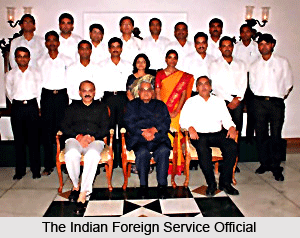 For the past years, the recruitment into the Indian Foreign Service has seen an average of 8-15 persons every year. The present cadre strength of the service is at around 600 officers counting around 162 Indian missions and posts overseas and the various posts in the Ministry of External Affairs at home. The Times of India reported a deficiency of Indian diplomats. After been selected as the Indian Foreign Service official , the new entrants undergo in-depth training. The Indian Foreign Service officials undergo a probationary period and until they complete their basic training they are known as the probationers. Training begins at the Lal Bahadur Shastri National Academy of Administration in Mussourie, where members of many influential Indian civil service organizations are trained.
For the past years, the recruitment into the Indian Foreign Service has seen an average of 8-15 persons every year. The present cadre strength of the service is at around 600 officers counting around 162 Indian missions and posts overseas and the various posts in the Ministry of External Affairs at home. The Times of India reported a deficiency of Indian diplomats. After been selected as the Indian Foreign Service official , the new entrants undergo in-depth training. The Indian Foreign Service officials undergo a probationary period and until they complete their basic training they are known as the probationers. Training begins at the Lal Bahadur Shastri National Academy of Administration in Mussourie, where members of many influential Indian civil service organizations are trained.
After completing the Lal Bahadur Shastri National Academy of Administration, the probationers of Indian Foreign Service join the Foreign Service Institute in New Delhi for attaining more training as well as attachments with different government bodies and tours both in India and in foreign countries. The entire training programme is for a period of 36 months. At the conclusion of the training programme the Indian Foreign Service officer is assigned a compulsory foreign language (CFL). After a brief period of desk attachment in the Ministry of External Affairs, the Indian Foreign Service officer is posted to an Indian diplomatic mission abroad where the CFL is the native language. There the officer undergoes language training unless and until, he developes proficiency in his CFL and pass an examination before being permitted to continue in the service.
Career and rank structure for an Indian Foreign Service Officer -
At an embassy -
•Third Secretary (entry level)
•Second Secretary (promotion upon being confirmed in service)
•First Secretary
•Counsellor
•Minister
Deputy Chief of Mission/Deputy High Commissioner/Deputy Permanent Representative Ambassador/High Commissioner/Permanent Representative
At an consulate -
•Vice Consul
•Consul
•Consul General
At the Ministry of External Affairs -
•Under Secretary
•Deputy Secretary
•Director
•Joint Secretary
•Additional Secretary
•Secretary







